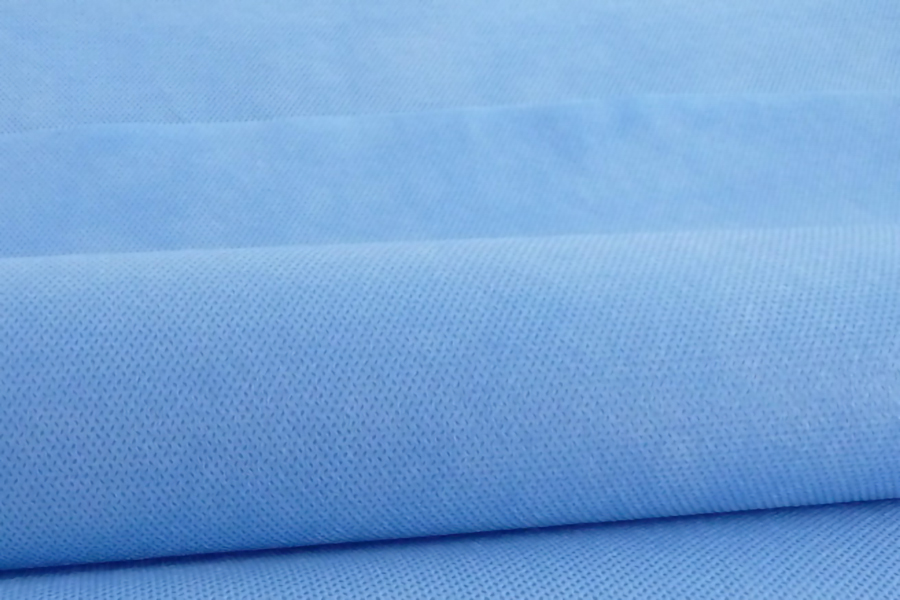Spunbonded no-woven fabric, as a nonwoven material, has attracted much attention in recent years due to its excellent air permeability and moisture permeability. Whether used as clothing fabrics or used in other fields, spunbonded non-woven fabrics have demonstrated their unique advantages. This article will deeply explore the principles, characteristics and applications of spunbond non-woven fabrics in various fields of breathability and moisture permeability.
We first need to understand the principle of breathability and moisture permeability of spunbonded non-woven fabrics. Spunbonded non-woven fabrics are formed from fibers that are spun and thermally or chemically bonded. This structure creates certain gaps between the fibers, providing channels for the circulation of air and moisture. At the same time, the fibers in spunbonded non-woven fabrics are relatively loosely arranged and are not easy to form a tight structure that hinders air circulation, thus ensuring good air permeability.
The moisture permeability of spunbond non-woven fabrics is mainly reflected in its ability to absorb and discharge moisture. The fiber itself has a certain degree of hygroscopicity and can absorb and discharge water, allowing the spunbonded non-woven fabric to maintain a certain degree of dryness in a humid environment. In addition, the structure of the spunbonded non-woven fabric also helps the rapid diffusion and evaporation of moisture, further improving its moisture permeability.
The breathable and moisture-permeable characteristics of spunbonded non-woven fabrics make it widely used in many fields. In the field of clothing, spunbond non-woven fabrics are widely used in sportswear, outdoor clothing and other products that need to quickly wick away sweat and keep them dry due to their good air permeability and moisture permeability. In the field of sanitary products, spunbonded non-woven fabrics are also used as materials for masks, sanitary napkins and other products, bringing consumers a comfortable experience with their moisture-absorbing and quick-drying characteristics.
In addition, spunbonded non-woven fabrics are also widely used in home decoration, automotive interiors, agricultural fabrics and other fields. Its breathability and moisture permeability help maintain the comfort and dryness of the environment, and improve the performance and life of the product.

It is worth mentioning that with the continuous advancement of technology, the breathability and moisture permeability of spunbond non-woven fabrics are also constantly improving. Manufacturers continue to improve the breathability and moisture permeability of spunbonded non-woven fabrics by optimizing fiber raw materials and improving production processes to meet the market's demand for high-performance non-woven fabrics.
Spunbond non-woven fabrics have shown their unique advantages in many fields with their excellent air permeability and moisture permeability. With the continuous advancement of technology and the expansion of application fields, spunbonded non-woven fabrics will play a greater role in the future, bringing more convenience and comfort to people's lives. At the same time, we also look forward to more breakthroughs in environmental protection and sustainable development of spunbonded non-woven fabrics, and to make greater contributions to the global environment.
